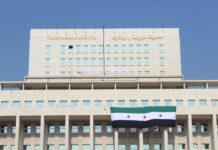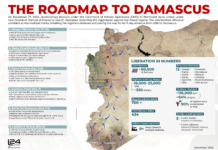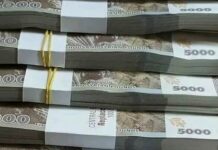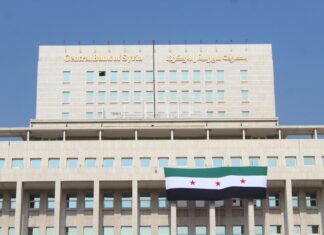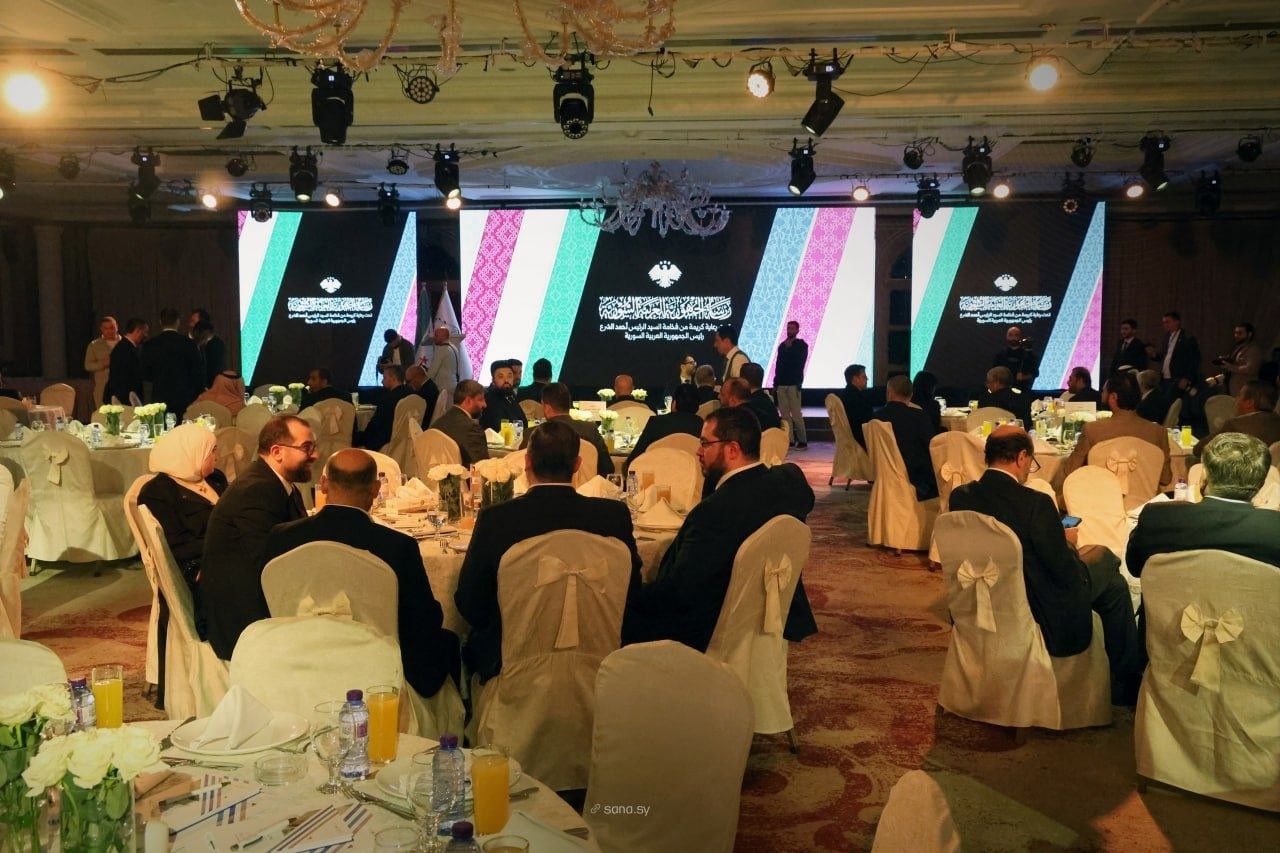 Under the patronage of President Ahmad al-Sharaa, the Syrian Ministry of Economy and Industry held a press conference at the Dama Rose Hotel in Damascus to announce the launch of the Syria International Textile Exhibition, “NAS TEX 2026.” Scheduled for April 1–4, the event aims to reposition Syria as a regional hub for textile manufacturing and trade.
Under the patronage of President Ahmad al-Sharaa, the Syrian Ministry of Economy and Industry held a press conference at the Dama Rose Hotel in Damascus to announce the launch of the Syria International Textile Exhibition, “NAS TEX 2026.” Scheduled for April 1–4, the event aims to reposition Syria as a regional hub for textile manufacturing and trade.
The Fabric of Syrian National Identity
In his address at the conference, Minister of Economy and Industry Muhammad al-Shaar highlighted the historic and national significance of the textile sector, describing it as “part of the national identity and the country’s economic memory.” He stressed that the exhibition is not merely an economic gathering, but “a story of the nation, a reflection of its civilization, and a bridge connecting Syrians at home and abroad.”
The Minister also praised the role of Syrian industrialists in the diaspora, particularly in Turkey, affirming the Ministry’s commitment to providing an attractive investment environment to encourage their return through “honest partnerships combining the strength of the domestic sector with the expertise of the international community.”
A ‘Mirror of Syrian Identity’
Minister of Culture Muhammad al-Saleh emphasized that the textile industry extends beyond economic value, describing it as “a profound mirror of Syrian identity.” He referenced Syria’s deep-rooted textile heritage, from hand-spun yarns in Hauran to Damascene brocade and the famed fabrics of Aleppo.
Reviving the sector, he said, means “restoring the memory, traditions, and aesthetics of a nation.” While acknowledging challenges such as weak infrastructure and the migration of skilled workers, he described them as opportunities to work within a comprehensive national vision. Saleh noted that upcoming plans include documenting traditional textiles, launching craft centers, and establishing an annual festival to support young artisans and designers.
A Platform for Partnerships and Re-Empowerment
Muhammad Hamza, Director General of the Syrian Establishment for Exhibitions and International Markets, stated that organizing the exhibition is “a fundamental step toward re-empowering the textile sector,” one of the most vital pillars of the national economy.
The exhibition, spanning 150,000 square meters, will bring together manufacturers and investors to forge partnerships and open new horizons for production and marketing. Hamza added that future plans aim to expand both local and international participation and strengthen cooperation with regional and global markets.
Economic and Cultural Dialogue Sessions
Two dialogue sessions were held on the sidelines of the press event. The economic session underscored the textile sector’s role in developing local industry and creating job opportunities for youth.
The cultural session focused on the heritage dimension of textiles, stressing that safeguarding traditional craftsmanship is integral to preserving national identity. Speakers called for additional initiatives to support artisans and better connect Syria’s creative industries with modern trends.
Through NAS TEX 2026, Syria seeks to reaffirm its position on the regional and international industrial map, bridging its rich heritage with a promising future for a sector that remains central to its identity and economic revival.


